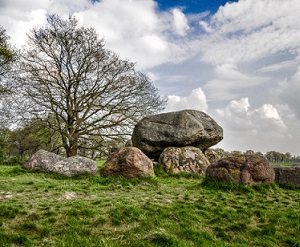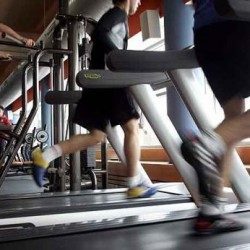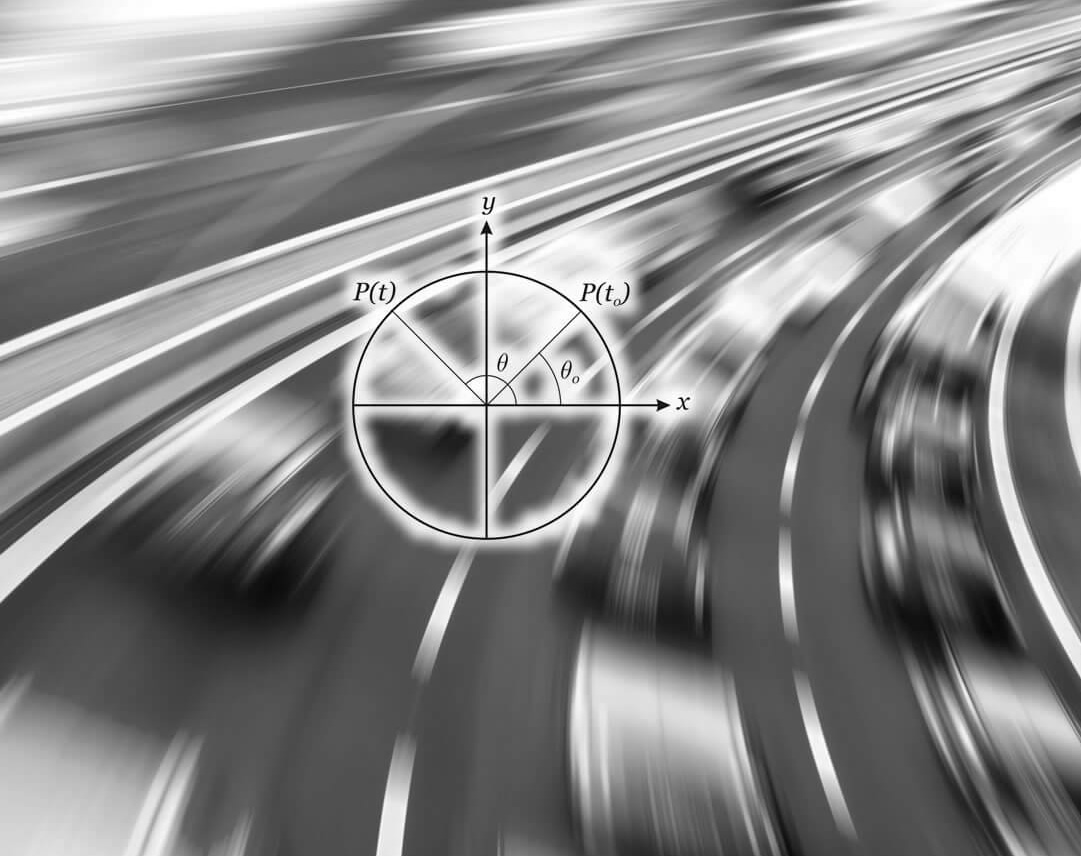 A person is ambidextrous when he is able to function with the same ability with both the right and the left hand. It must be taken into account that normally each individual has greater dexterity with one hand than with the other and the ability to use both hands with the same efficiency is very rare.
A person is ambidextrous when he is able to function with the same ability with both the right and the left hand. It must be taken into account that normally each individual has greater dexterity with one hand than with the other and the ability to use both hands with the same efficiency is very rare.
With regard to the use of hands, there are three options. The most common is being right-handed, which consists of using the right hand for most actions (writing, eating, throwing an object, etc.).
Those who deal better with the left are left-handed and this possibility is less frequent and, on the other hand, historically the prevalence of the left hand has been considered a suspicious deviation (curiously the word left has the same etymological root as sinister).
A third possibility is being ambidextrous, a very unusual circumstance that could be considered a real rarity. Among the three possibilities, only the last one is valued as something extraordinary and out of the ordinary.
Why are we right-handed, left-handed or ambidextrous?
The left hemisphere of the brain controls the movement of the right part of the body and, conversely, the right hemisphere is the one that regulates the activity of the left part of our body. Despite knowing much of brain functions, neuroscientists do not have a definitive answer that explains why we are mostly right-handed (more than 80% of the world's population).
One of the explanations for this question could be the fact that the ability of language is found in the left hemisphere and since humans are the only animal that has developed language, this would explain the prevalence of the right over the left. In any case, the fact that there are ambidextrous people remains a mystery. What is known is that ambidextrous people are just 1% of the world's population, they do not have a dominant hemisphere and, according to some studies, they are prone to schizophrenia and learning disabilities.
The importance of the hand in human evolution
 From an evolutionary point of view we could say that the hand has its own "history". In the physiological process of transformation, the first human beings took an important step when we became bipeds.
From an evolutionary point of view we could say that the hand has its own "history". In the physiological process of transformation, the first human beings took an important step when we became bipeds.
Bipedalism allowed our hands to stop acting as support for walking and they became very useful tools, both for grasping food and for manipulating objects. In this way, the improvement of manual dexterity is one of the genuine characteristics of the evolution of man.
Photos: Fotolia - A.KaZaK / Syda









